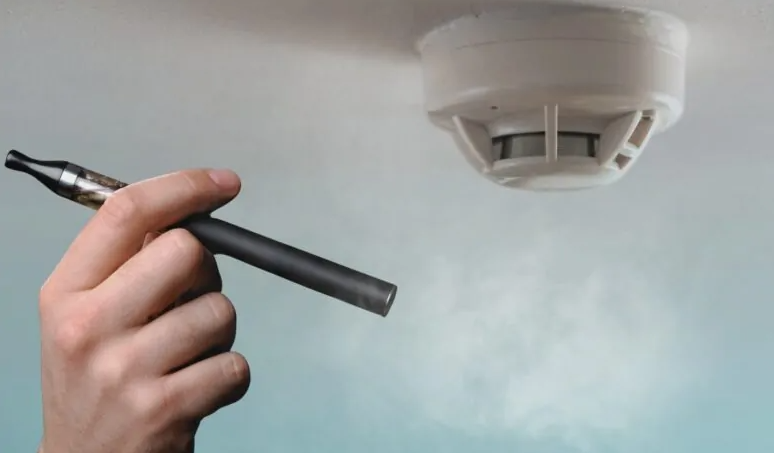
Vape and bullying detection technologies, such as FlySense by Soter Technologies and HALO Smart Sensor, have emerged as innovative solutions to address pressing safety concerns in schools, detecting harmful behaviors like vaping and aggression in real-time, as detailed on sotertechnologies.com and halodetect.com. By 2025, with vaping and bullying posing significant challenges to student health and well-being, these systems provide schools with tools to monitor private areas like bathrooms while respecting privacy. Despite their promise, challenges like cost, false positives, and ethical concerns require careful implementation to ensure effective, non-intrusive safety measures.
The Urgent Need for Detection Technologies
The rise of vaping among youth, coupled with persistent bullying, has created a pressing need for advanced safety solutions in schools. Vaping, often involving nicotine or THC, poses health risks like respiratory issues and addiction, with 1.6 million students reported vaping in 2024, per halodetect.com. Bullying, occurring in 65% of cases in private areas like bathrooms, contributes to mental health challenges and academic decline, as noted on tritonsensors.com. These issues disrupt learning environments, prompting schools to seek proactive interventions.
This focus on safety aligns with the user’s interest in polished product presentations, as seen in their appreciation for visually appealing vape showcases. Detection systems present a professional, tech-driven approach to school safety, ensuring environments are conducive to learning. By addressing vaping and bullying discreetly, these technologies enhance trust among students, parents, and educators, fostering safer, healthier school communities.
How Detection Systems Work
Vape and bullying detection systems operate through advanced sensors and algorithms, designed to monitor environments without compromising privacy. Devices like FlySense FS300 use high-precision sensors to detect aerosolized particles from vaping, identifying nicotine, THC, and volatile organic compounds (VOCs), as described on sotertechnologies.com. Sound anomaly detection, a key feature of Triton ULTRA, identifies elevated noise levels or keywords associated with bullying, such as screams or distress signals, without recording audio, per tritonsensors.com.
When a vaping or bullying incident is detected, systems send real-time alerts via email, SMS, or mobile apps to designated staff, enabling swift intervention. Integration with video management systems (VMS) allows cameras to activate during incidents, aiding identification while respecting privacy, as noted on sensorworks.net. Dashboards provide analytics on incident frequency and locations, helping schools allocate resources effectively. Installation is straightforward, with devices like HALO covering 144 square feet, ideal for bathrooms and locker rooms, per halodetect.com.
Benefits of Vape and Bullying Detection
These detection systems offer transformative benefits. Real-time alerts enable rapid response, reducing vaping incidents by up to 83% within weeks, as seen in Luling ISD’s case study on tritonsensors.com. Bullying detection fosters safer environments, with HALO’s keyword recognition reducing aggressive incidents by identifying distress signals, per halodetect.com. Privacy-compliant designs, avoiding cameras or microphones, build trust, aligning with the user’s interest in professional, non-intrusive solutions.
Cost-effectiveness is achieved through easy installation and long warranties, like Triton’s 10-year guarantee. Data-driven insights allow schools to tailor interventions, while integration with existing safety protocols enhances efficiency, as noted on sotertechnologies.com. These benefits empower schools to address health and safety challenges proactively, creating environments where students can thrive without fear or distraction.
Challenges and Strategic Solutions
High costs, ranging from $1,000-$3,000 per device, pose a barrier, mitigated by grant funding opportunities, as highlighted on halodetect.com. False positives, such as mistaking perfume for vape emissions, are addressed by advanced algorithms and sensitivity adjustments, per prisync.com. Ethical concerns, like potential student profiling, are managed by ensuring systems collect no personally identifiable information (PII), as emphasized on tritonsensors.com.
Integration with school networks requires cybersecurity measures, addressed by platforms like FlySense using encrypted blockchain technology, per sotertechnologies.com. Staff training ensures effective use, with providers offering resources to simplify adoption. These solutions balance efficacy with ethical considerations, ensuring detection systems enhance safety without



